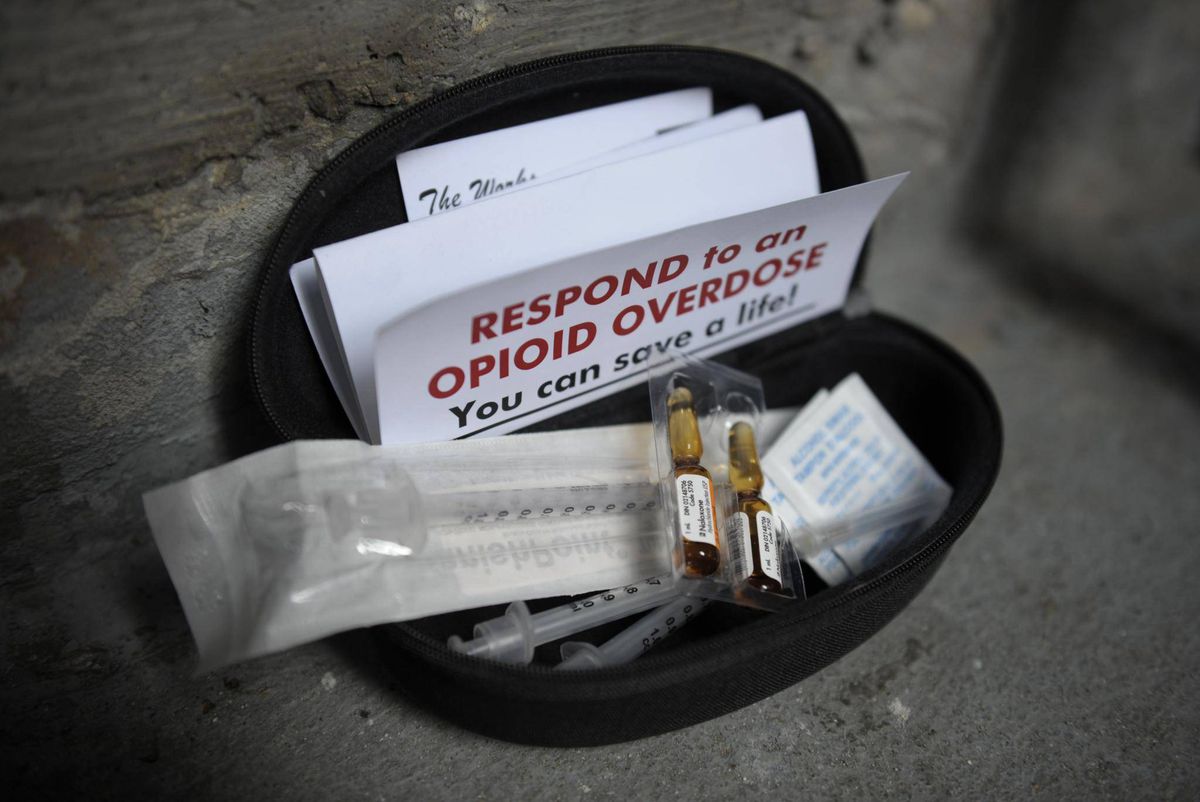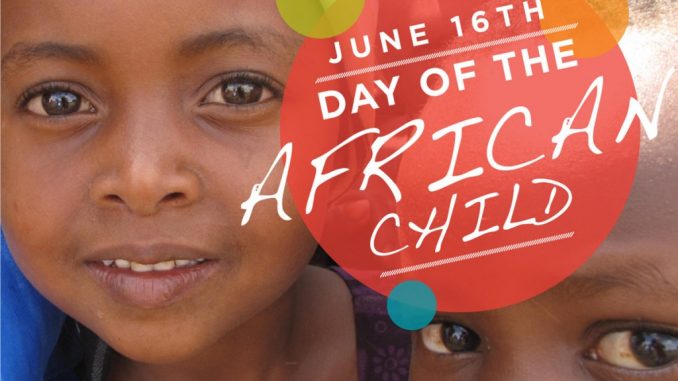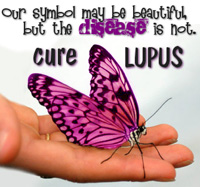International Overdose Awareness Day is a global campaign that works towards preventing overdose, reducing the stigma associated with it, and providing support to families and loved ones of overdose victims. The unofficial awareness day is observed every year on August 31.
The day was established in 2001 by Australians Sally J. Finn and Peter Streker as a way to commemorate those who have lost their lives to overdose, and to support the loved ones whose lives have been affected by drug abuse.
Since 2012, the responsibility of organizing International Overdose Awareness Day has been taken over by the Penington Institute, an Australian non-profit health organization. Despite its Australian roots, the day is now observed all over the world.
Recognizing Symptoms of Overdose
Medical professionals define overdose as the accidental or intentional use of a drug or a substance such as alcohol or a narcotic beyond the recommended dosage. An overdose can have serious consequences, with effects ranging from mild disorientation to seizures, brain injury, and death.
Part of International Overdose Awareness Day’s agenda is to spread information about how to detect signs of substance abuse and overdose, and what to do when encountering a person who may be having an adverse reaction to a drug. Disorientation, agitation, difficulty in breathing, and vomiting can be signs of overdose and should not be ignored.
A Global Problem
Overdose is an increasing global problem. A 2014 report by the United Nations Office on Drugs and Crime (UNODC) estimates that about 183,000 people succumb to overdose around the world every year. According to the Centers for Disease Control and Prevention, an American public health organization, drug overdose is the leading cause of accidental deaths in the United States.
A vast majority of overdose deaths occur due to opioid abuse. Opioids are a class of drugs that reduce the intensity of pain by interacting with proteins called opioids found in the human brain, spinal cord, and other organs. Opiates include illegal substances like heroin, as well as legally prescribed medication such as oxycodone, codeine, and morphine.
Serious Consequences
Overdose is not the only consequence of drug dependence. In many parts of the world, the shared use of needles and drug injecting equipment can make users vulnerable to hepatitis C and HIV. According to UNODC, an estimated 13% of all drug users globally live with HIV.
Drug trafficking and drug-related illnesses and crimes can also negatively affect families and communities. One of the main purposes of International Overdose Awareness Day is to help reduce the stigma surrounding overdose by talking about it and by bringing attention to the fact that substance abuse and drug overdose is preventable.


 ELIMINATE HEPATITIS
ELIMINATE HEPATITIS
 The Day of the African Child has been celebrated on June 16 every year since 1991, when it was first initiated by the OAU
The Day of the African Child has been celebrated on June 16 every year since 1991, when it was first initiated by the OAU 

 Assembly in its
Assembly in its  World Telecommunications Day celebrates the constant evolution of one of the most important factors of our lives: communication. The main goal of World Telecommunications Day (WTD) is to highlight the importance of communication and how information travels across the world. It also aims to increase awareness of how crucial communication is in our lives, and stimulate the development of technologies in the field.
World Telecommunications Day celebrates the constant evolution of one of the most important factors of our lives: communication. The main goal of World Telecommunications Day (WTD) is to highlight the importance of communication and how information travels across the world. It also aims to increase awareness of how crucial communication is in our lives, and stimulate the development of technologies in the field. Imagine being bothered by sunlight, being covered in a rash, suffering fatigue, mouth sores, kidney and joint problems, as well as experiencing substantial hair loss and the swelling of lymph nodes. Sounds awful, doesn’t it?
Imagine being bothered by sunlight, being covered in a rash, suffering fatigue, mouth sores, kidney and joint problems, as well as experiencing substantial hair loss and the swelling of lymph nodes. Sounds awful, doesn’t it? 